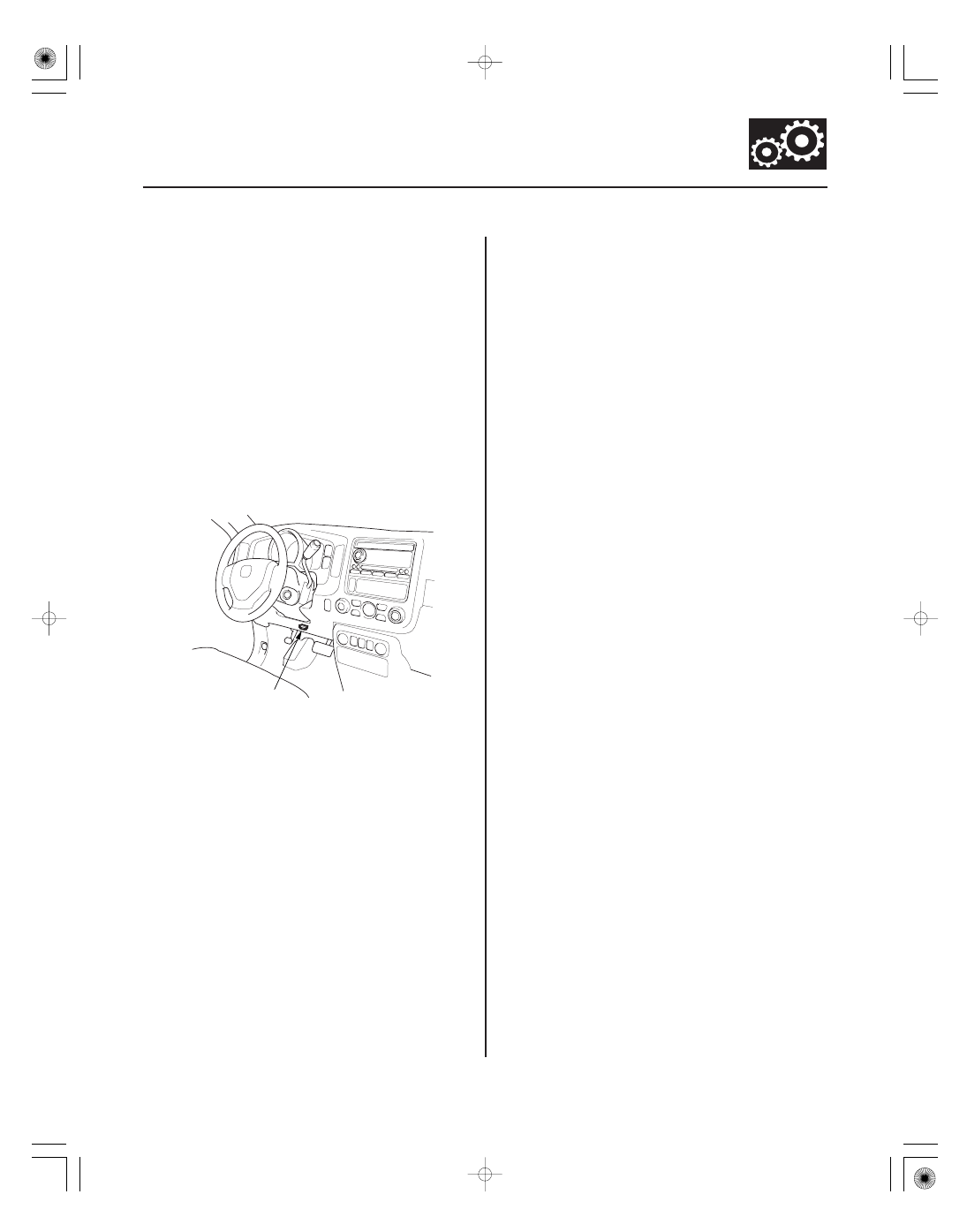Honda Ridgeline. Manual - part 199

−
01
SJC8A00E10400000000FEAT00
14-181
Road Test
A
1. Warm up the engine to normal operating
temperature (the radiator fan comes on).
2. Apply the parking brake, and block both rear
wheels.
3. Start the engine, then shift to D while pressing the
brake pedal. Press the accelerator pedal, and
release it suddenly. The engine should not stall.
4. Repeat step 3 in all shift lever positions.
5. Connect the HDS to the DLC (A), and go to the A/T
Mode Menu.
NOTE: If the HDS does not communicate with the
PCM, troubleshoot the DLC circuit (see page
11-194).
6. Prepare the HDS to take a HIGH SPEED SNAPSHOT
(Refer to the HDS user’s guide for more details if
needed):
• Select High Speed icon.
• Select these parameters:
– VSS veh speed
– Output Shaft (Countershaft) Speed
– Input Shaft (Mainshaft) Speed (rpm)
– RPM engine speed
– Relative TP Sensor
– APP Sensor A
– ATF Temp sensor
– Battery voltage
– Shift control
– Brake Switch
• Set the Trigger Type to Parameter.
• Adjust the Parameter setting to APP Sensor A
above 1.0 V.
• Set the recording time to 60 seconds.
• Set the Trigger point to
30 seconds.
7. Find a suitable level road. When you are ready to
do the test, press OK on the HDS.
8. Monitor the HDS, and accelerate quickly until the
APP Sensor B reads 1.0 V. Maintain a steady
throttle until the transmission shifts to 5th gear,
then slow the vehicle and come to a stop.
9. Save the snapshot if the entire event was recorded,
or increase the recording time setting as necessary,
and repeat step 8.
10. Adjust the Parameter setting to 2.5 V. Retest-drive
the vehicle. While monitoring the HDS accelerate
quickly until the APP Sensor B reads 2.5 V.
Maintain a steady throttle until the transmission
shifts to 5th gear (or reasonable speed), then slow
the vehicle and come to a stop.
11. Save the snapshot if the entire event was recorded,
or increase the recording time setting as necessary,
and repeat step 10.
12. Accelerate quickly until the accelerator pedal is to
the floor. Maintain a steady pedal until the
transmission shifts to 3rd gear, then slow to a stop,
and save the snapshot.
(cont’d)